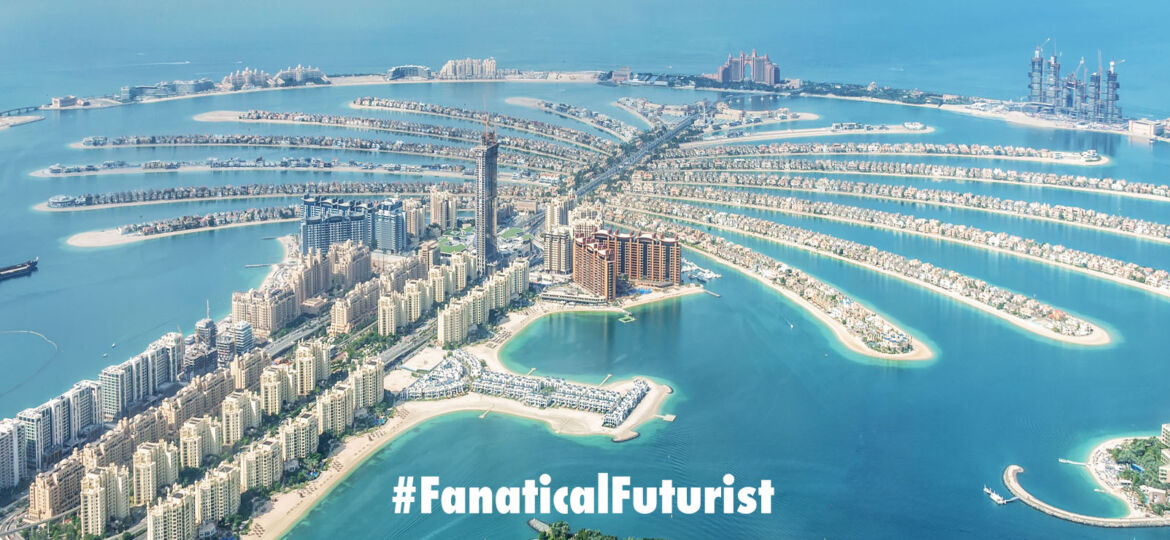
WHY THIS MATTERS IN BRIEF
Dubai is a city that was gifted nothing, and had to build and earn everything, and it was a great honour to speak there, in a place that is rapidly becoming the very embodiment of the future.
Dubai Dubai so good they named it twice… well, they should have anyway.
At the start of May I was kindly invited to be the keynote speaker for Dubai Quality Group’s Ideas Arabia 12th International Conference and Competition (IAICC), held at the Four Seasons, Dubai, by their Managing Director Salman Viralipurath, who it has to be said is a very charismatic and generous individual, and as someone’s who’s relatives have lived in Dubai for over thirty years, since 1975 in fact, when all that was there was the Creek, it was a joy to be invited to speak at such a prestigious event.
My presentation, Minds &Machines, which you can see below, and yes, I will put the slides up as well, just give me time, was slated to begin promptly at 8.50am, directly after His Excellency Sultan Ahmed Bin Sulayem, Group Chairman and CEO of DP World, one of largest operators of inland and marine terminals in the world, and one of the early investors in Hyperloop, Elon Musk’s famous Mach 1.0 “train in a tube”.
As His Excellency (HE) stepped onto the stage to deliver his ten minute opening remarks the audience hushed in anticipation, and over an hour and a half later he was being pushed paper notes by the events MC – and you could probably guess why.
Now, as anyone who’s about to go on stage to speak in front of a packed and unfamiliar audience can tell you it can be nerve wracking waiting for your turn and so it was with me. However, if I had to wait all over again it would be worth it a hundred fold because HE, who was born in 1955, is one of Dubai’s most prominent businessmen, and as one of the men who played an integral role in building Dubai into the jewel that it is today, his story which I’ve summarised, a lot, is, to a great degree, the story of Dubai itself.
With a population of just under three million people Dubai is the largest and most populous city in the United Arab Emirates (UAE), but it wasn’t always that way, in the 1970’s it had a population of a scant few hundred thousand, and personally, I think that Dubai’s story, asides from being a compelling to listen to and read about, is, one that every CEO and entrepreneur should sit up and take note of.
Dubai is rich in one commodity. You guessed it – sand. If you’d guessed oil then I’d have had to have told you that you’d have been just plain wrong, because oil contributes just a measly 2 percent to Dubai’s GDP. Now, for any of you that have ever been down to the beach, and this was a point that was pressed by HE, sand isn’t that great a commodity to be rich in. After all, you can’t eat it, grow anything in it or make anything with it, and unless it’s near a beach, well, noone’s interested in it – and that was Dubai’s conundrum. They had more sand than they knew what to do with but little else. However, three things they did have in spades were ideas, vision and an appetite for risk.
Browse the Photo Gallery
In the 1950’s Dubai borrowed £500,000 to dredge the silted up Dubai Creek in order to allow larger ships to anchor. At the time Kuwait didn’t think it would get its money back, and the naysayers, as they do, weighed in to tell the Dubai government that it was a fool’s errand. A few years later though and, shockingly, the loan was repaid in full and over time the Emirate claimed the crown as the regions primary trading hub.
Then, fast forward to the 1980’s and Gulf Air, the dominant regional airline at the time, threatened to reduce the number of flights into Dubai, from sixty a week to less than ten, if Dubai’s government didn’t agree to pay a substantial increase in fees for the pleasure. Unwilling to be backed into a corner though His Highness (HH) Sheikh Mohammed bin Rashid Al Maktoum, or Sheikh Mo as the locals affectionately call him, turned the threat on its head and took the risk of forming Emirates Airlines. Some twenty years on, and a number of regional wars later, that forced both Emirates and the port operators to self insure, Emirates is now the world’s fourth largest carrier, operating more than 3,600 flights a week to more than 140 cities worldwide.
And if you have a carrier, then why not have an airport?
The vision for Dubai International Airport, or DBX, was born and in 1998 the Dubai government unveiled their master plan to expand Dubai’s first, and only, single runway airport built in the 1950’s. As with any vision though, again, the naysayers told everyone that it would turn into one of the world’s greatest white elephants, pointing out that no one actually visited Dubai, and that as aircraft were able to fly longer distances DBX would inevitably see the same fate as Shanklin in Ireland which used to be one of the world’s busiest Trans-Atlantic airports before Boeing’s 747’s and London Heathrow came onto the scene. Again, the vision and the risk paid off and the naysayers went back to finding someone else’s vision to try to crush.
Today DBX is the world’s busiest airport by international traveller numbers and third busiest airport in the world by total passengers, managing over 85 million passengers a year, and over 2.5 million tonnes of cargo with over 450,000 aircraft movements, but perhaps more impressively it now contributes over $26 Bn to Dubai’s economy, directly employs over 90,000 people and supports an additional 400,000 jobs in the region.
However, as impressive as those numbers are, they’d pale into insignificance if HH, in the early 2000’s hadn’t asked Emirates Chairman and CEO Sheikh Ahmed Bin Saeed Al Maktoum what they needed to do to turn Dubai into a destination.
“We need beaches, entertainment, hotels and shops,” came back the answer.
Now entertainment, hotels and shops, well, with enough money they can be built, and build they did – from the Burj Khalifa, the world’s tallest skyscraper, which as HE explains if you live in a small country you have little option but to build upwards anyway, and Dubai Mall, the world’s largest Mall – but beaches?
Naturally Dubai has just over 70km of beaches and that posed a problem, after all, if Dubai ever became a successful tourist destination then those 70km could be packed out very quickly so HH set HE the challenge of increasing the amount of beach front. At first HE was sceptical, after all, how do you add more beaches when you only have a 70km coastline, but he got to work, and by his own admission, he got out a napkin and drew a star, and a circle. Then he put them in his desk drawer.
A couple of months later Sheikh Mo called him up and asked him how he was getting on. Armed with his napkin HE set off to show them to HH. The first design added around 10km to Dubai’s coastline, and the second around 7km.
“How do we add hundreds of kilometres?” asked HH, “And we’ll need roads.”
“Hundreds? And why roads?” asked HE.
“Because people will want to drive to the hotels,” answered HH.
So HE began sketching a circle with roads cutting through the middle of it, and as he kept going the design morphed – into the Palm Jumeirah – an artificial island in the sea with over 78km of beaches, more than double the length of Dubai’s original coastline. And now it’s one of three artificial islands, if you want to call them that, that have added over 500km of new coastline, but life on the Palm wasn’t always the five star luxury it is today and HE regaled us of the story of the time when he went out to visit it while it was being constructed by the Dutch, who apparently are the world’s best dredgers.
On this particular day HE got out of his 4×4 and took ten steps away from the car to survey the construction work, and, naturally the time came when he’d seen enough so he went to return to his car, or tried. The only thing stopping him was the fact that he’s sunk up to his knees in quicksand, and at that point he realised two things. Firstly they’d used the wrong type of sand, it had liquefied, and secondly, he needed help. But by the time he’d gone through his phonebook trying to get hold of people he’d sunk almost up to his armpits, so in a last ditch attempt he dialled HH who picked up the phone. And the rest as they say is history.
Dubai is a country that is succeeding against, and arguably, despite the odds and that in itself is a staggering achievement – one that many other countries, and companies, would do well to learn from. But that said though they’re arguably still just at the beginning of their fantastic journey and, in my opinion, bearing in mind I’m a Futurist, they have one, if not the most, futuristic visions of any country in the world – and they’re executing it.
Whether we discuss how they’re moving the entire Emirate onto a global Blockchain, or onto renewables, creating the world’s first Hyperloop passenger and Hyperloop cargo networks, or building the world’s first 3D printed skyscraper, introducing the first robot police force and flying taxi service, or simply building out the world’s first city wide self-driving car network there’s one thing for certain – Dubai is becoming the embodiment of a city of the future, and we haven’t seen anything yet.
Who knew you could do so much with just sand and vision?

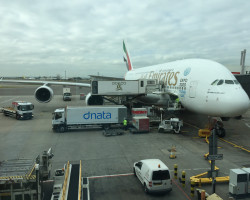
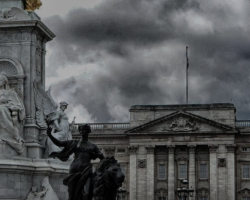
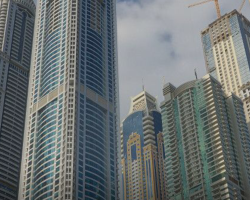
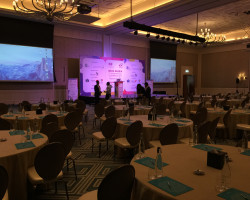
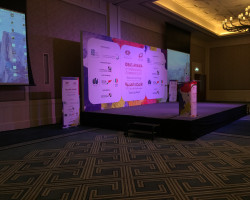
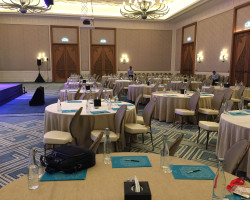
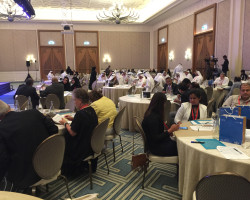
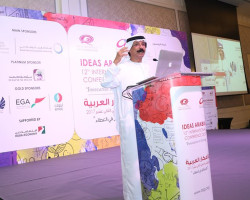
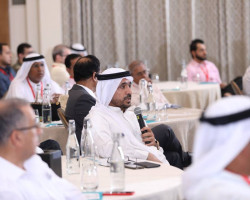
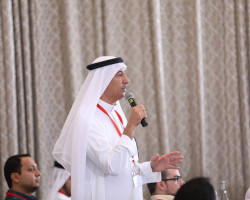
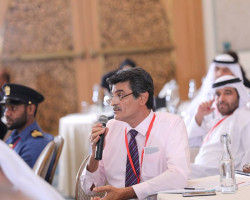
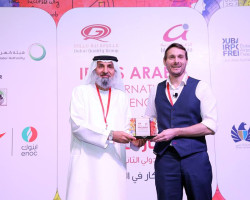
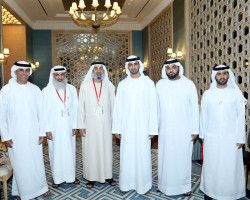
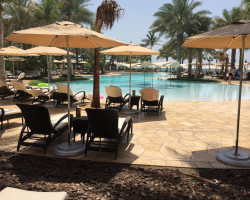
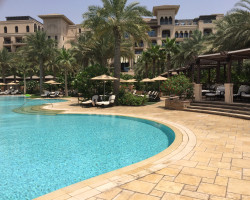
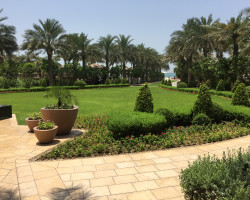
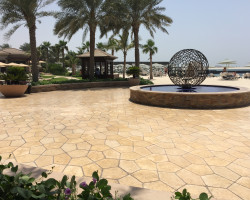
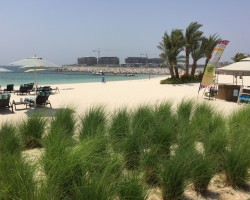
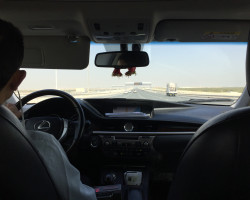
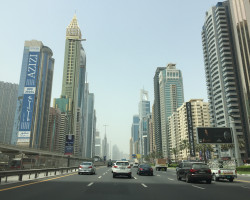
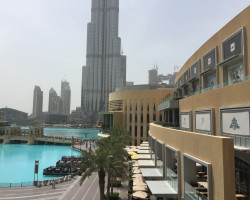
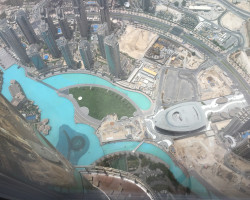
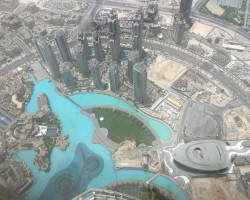
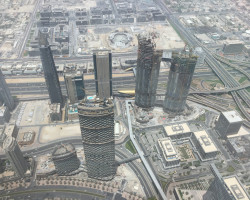
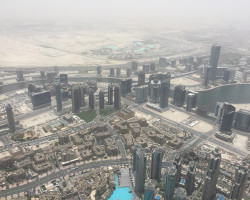
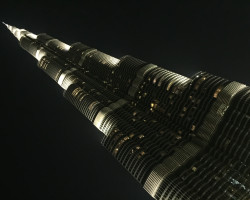
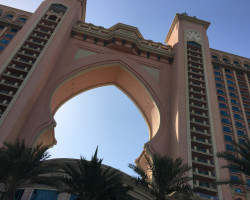
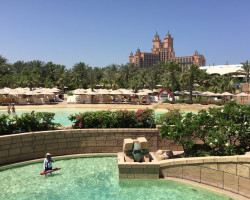
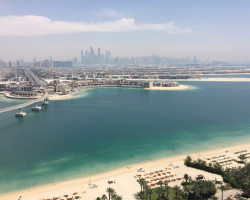
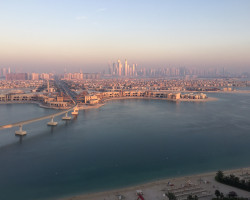
















[…] was in Dubai recently giving a speech, and as I and my family walked around the venues, malls, hotels and airport it was with no small […]
[…] an Emirate that is embracing the future at full tilt, and early in May during my presentation to at Dubai’s IAICC Innovation Conference the excitement about Dubai’s forthcoming flying taxis service, which was announced earlier […]